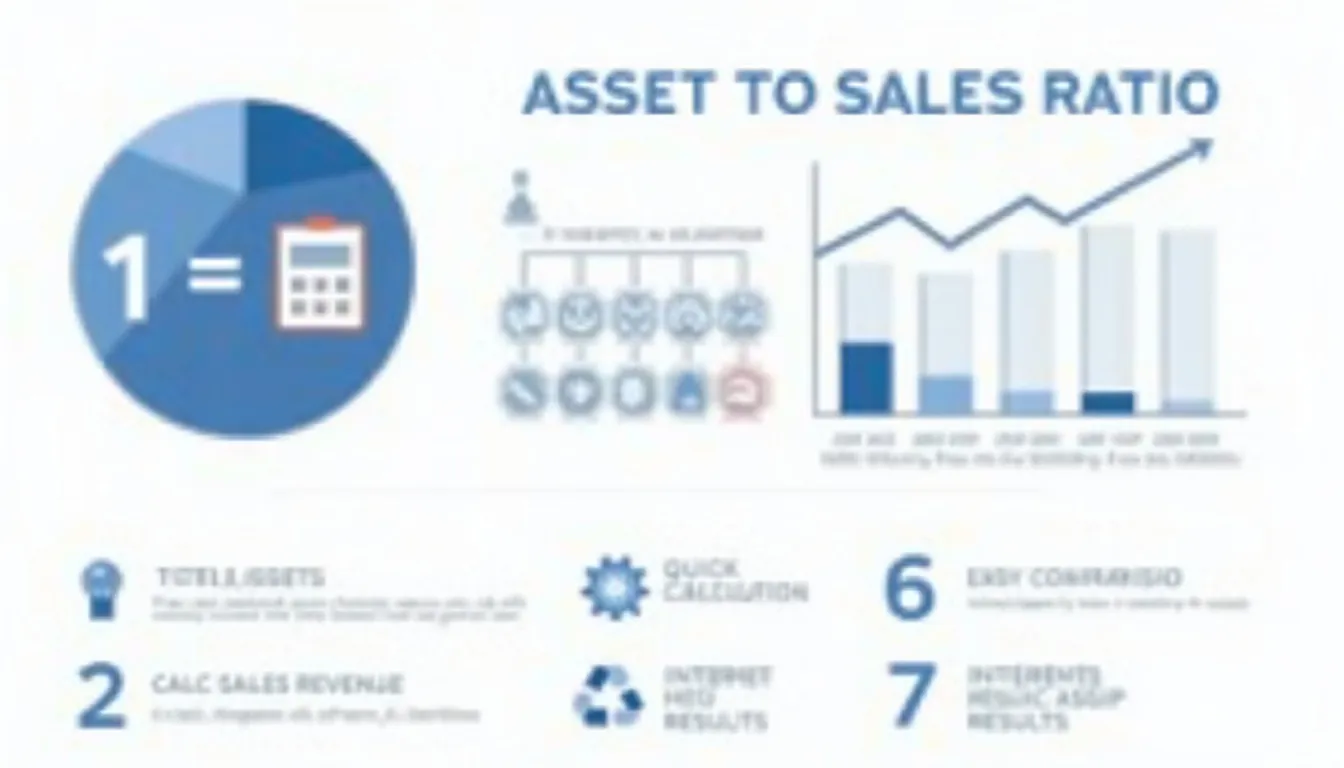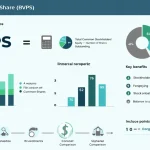Asset to Sales Ratio Calculator
Is this tool helpful?
How to use the tool
- Total Assets – Type the book value of everything the company owns.
Try 1 200 000 or 6 400 000. - Sales Revenue – Enter net revenue for the same period.
Try 3 800 000 or 9 500 000. - Press “Calculate” – The tool divides assets by revenue and shows the ratio to two decimals.
- Read the result – Lower numbers mean you create more sales with fewer assets; higher numbers flag inefficiency.
Formula used
$$ rac{\text{Total Assets}}{\text{Sales Revenue}} $$
Example A
- Assets = 1 200 000
- Revenue = 3 800 000
- Ratio = 1 200 000 / 3 800 000 = 0.32
Example B
- Assets = 6 400 000
- Revenue = 9 500 000
- Ratio = 6 400 000 / 9 500 000 = 0.67
Quick-Facts
- Median asset turnover for S&P 500 companies: 0.55 in 2022 (Damodaran, 2023).
- Retail chains average 2.05—highest among major sectors (Damodaran, 2023).
- Electric utilities average 0.31—capital-intensive by design (Damodaran, 2023).
- “Asset turnover shows how efficiently a company uses its assets to generate revenue” (SEC Staff Accounting Bulletin No. 104, 2020).
FAQ
What does the Asset to Sales Ratio show?
The ratio shows how efficiently you convert assets into sales; lower numbers mean stronger turnover (Investopedia, 2023).
How do I calculate it manually?
Divide average total assets for the period by net sales revenue. Use the same currency and time frame (Investopedia, 2023).
What is a good ratio in my industry?
Compare against sector medians: retail ≈ 2.05, software ≈ 0.63, utilities ≈ 0.31 (Damodaran, 2023).
How often should I track the ratio?
Update it each quarter to catch trend shifts early and annually for formal reporting (Grant Thornton, 2022).
Can the ratio be too low?
An extremely low figure may hint at under-investment, risking capacity for future growth (PwC, 2021).
How does it differ from Fixed Asset Turnover?
Fixed Asset Turnover uses only property, plant and equipment; Asset to Sales uses all assets (Investopedia, 2023).
How can managers improve the ratio?
Boost sales, dispose idle assets, and tighten working-capital cycles to lift turnover (CIMA Insight, 2022).
Where can I find asset and sales numbers?
Use the balance sheet and income statement in Form 10-K or 10-Q filings on SEC EDGAR (SEC, 2023).
Important Disclaimer
The calculations, results, and content provided by our tools are not guaranteed to be accurate, complete, or reliable. Users are responsible for verifying and interpreting the results. Our content and tools may contain errors, biases, or inconsistencies. Do not enter personal data, sensitive information, or personally identifiable information in our web forms or tools. Such data entry violates our terms of service and may result in unauthorized disclosure to third parties. We reserve the right to save inputs and outputs from our tools for the purposes of error debugging, bias identification, and performance improvement. External companies providing AI models used in our tools may also save and process data in accordance with their own policies. By using our tools, you consent to this data collection and processing. We reserve the right to limit the usage of our tools based on current usability factors.







